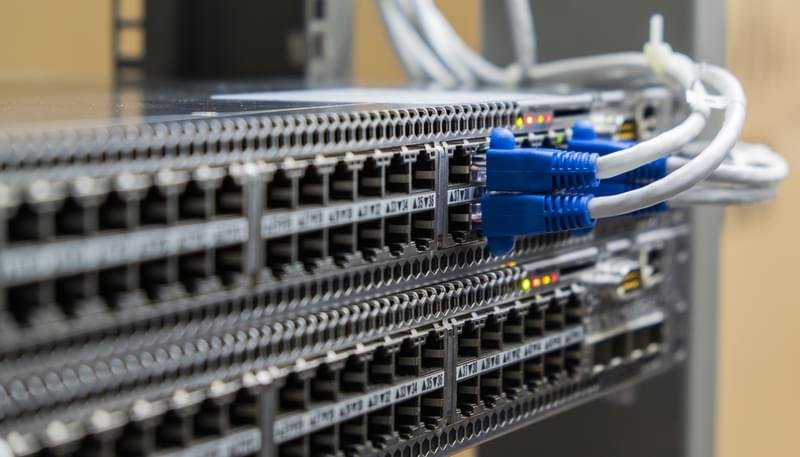The selection, installation, power budgeting and allocation, security considerations, and configuration options for Power over Ethernet (PoE) switches all make up an important part of managing a PoE network. A PoE switch is a device that supplies electrical power to connected devices over an Ethernet connection. This type of technology helps to save energy and provide a safe and reliable way to power devices. There are several different types of PoE switches available on the market, each with their own specific features and requirements.
When selecting the right POE switch for a particular application, there are a few considerations to make. The number of ports needed, the desired speed, the power budget, and the scalability of the switch should all be taken into account. It is also important to consider how the switch will be connected to other devices, such as routers, access points, and computers, in order to ensure compatibility.
The installation process of a POE switch is relatively straightforward – it requires only a few connections and setup procedures. Once installed, it is important to establish a power budget for the entire network, as this will determine how much power each device on the network can draw. This will help to prevent overloading the switch, which could cause serious performance issues.
Security should also be taken into consideration when designing a POE network. VLANs and other security measures should be implemented to protect the network from unwanted intrusions. Additionally, switch configurations can be utilized to further increase security by hardening the system and restricting access.
In order to optimize network performance, establishing rules for managing traffic and implementing quality of service (QoS) controls can be beneficial. Additionally, configuring access control lists (ACLs) to determine which devices on the network can communicate with one another is highly recommended.
Troubleshooting a POE switch can be a daunting task, but the process is the same as any other network component. A good practice is to systematically look through each component of the network and make sure all connections are properly configured and working. Multiple sources of information can be used to diagnose and solve problems, such as software logs or packet capturing tools.
Finally, periodic maintenance of POE networks is necessary in order to ensure consistent performance. Typical maintenance tasks include checking for updates, reconfiguring VLANs, and monitoring traffic for anomalies. Additionally, it is important to keep an eye out for security threats, as well as any hardware or software changes that could have a negative impact on the network.
In conclusion, Power Over Ethernet switches offer the advantages of delivering both data and power to devices without the need for additional cables. Understanding the different types of POE switches, the proper installation processes, security considerations, power budgeting, and configuration options are all important pieces of information in order to properly deploy a POE network. Additionally, troubleshooting methods and regular maintenance practices should also be taken into account in order to ensure the optimal performance of the network.
